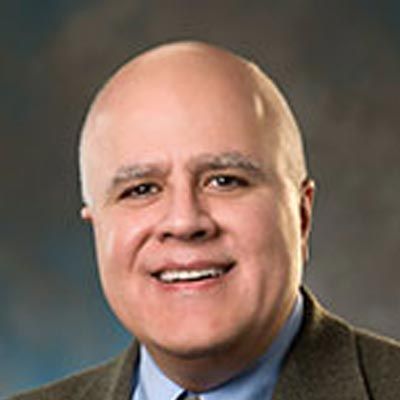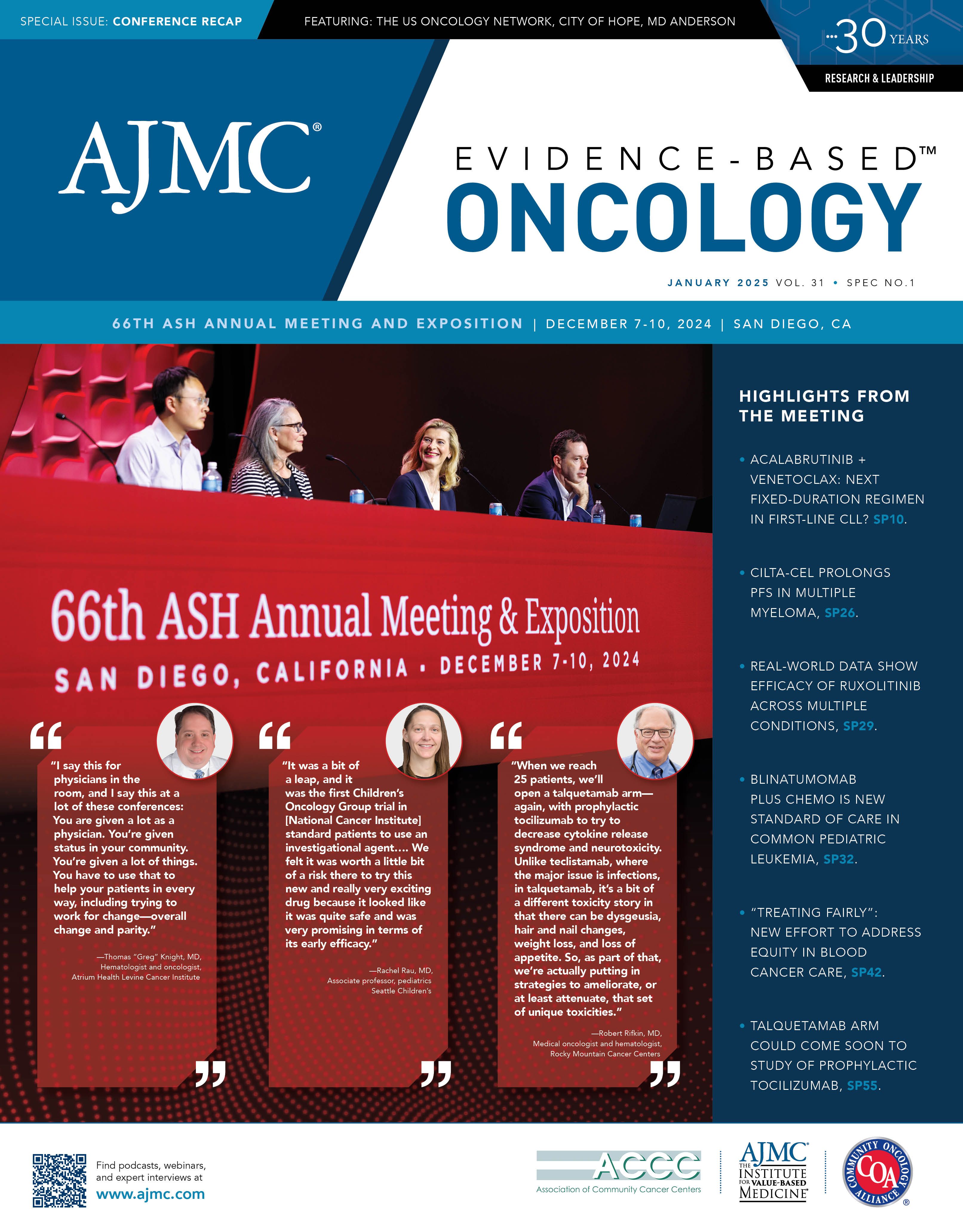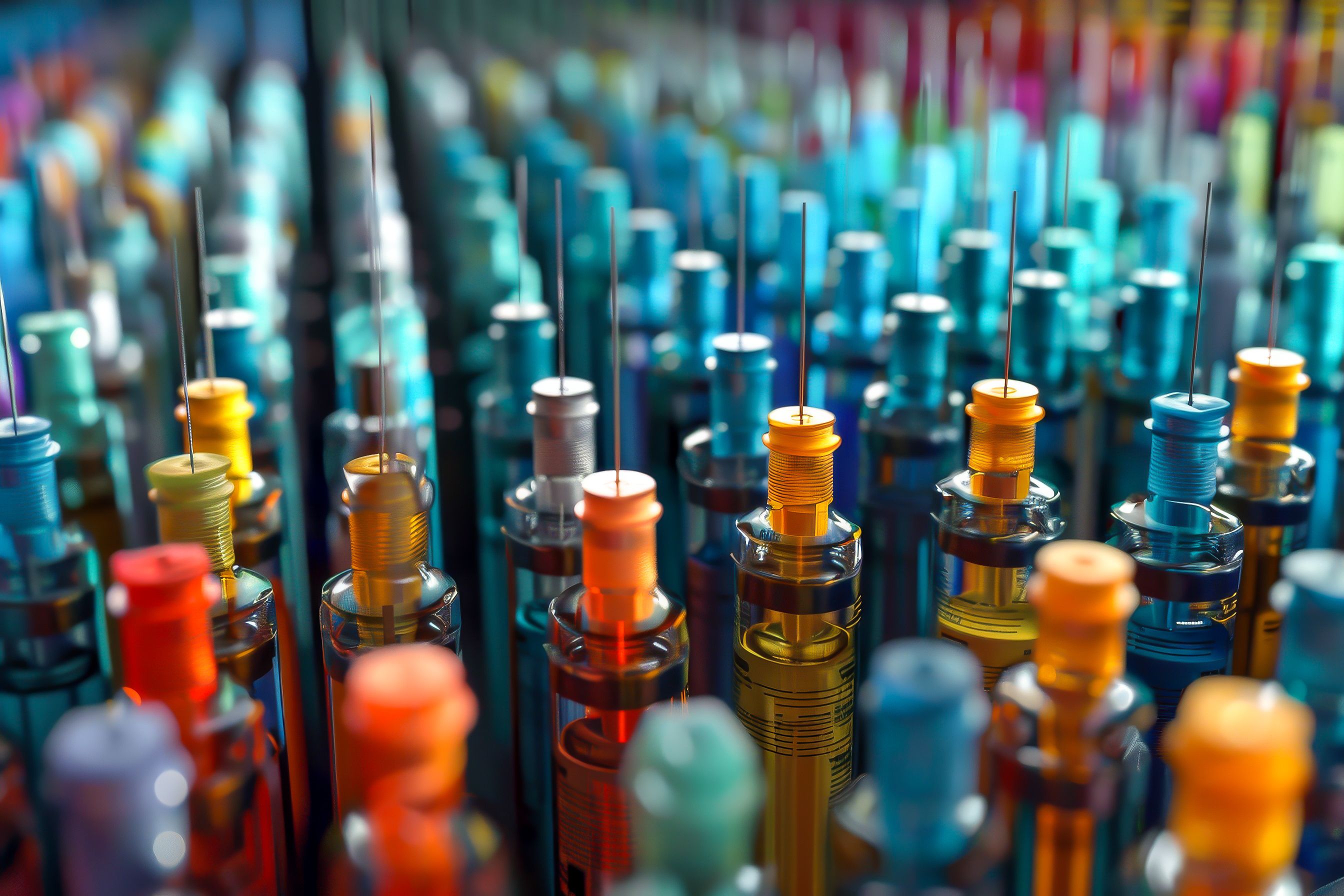News
Article
Evidence-Based Oncology
Nearly All Patients Who Received Exa-Cel for SCD Are Hospital Free After a Year, Data Show
Author(s):
Haydar Frangoul, MD, MS, medical director, Pediatric Hematology/Oncology for Sarah Cannon Research Institute at TriStar Centennial Children’s Hospital, Nashville, presented the data on the long-term efficacy and safety for participants with sickle cell disease (SCD) who received exa-cel.
Heading into the 2023 gathering of the American Society of Hematology (ASH), the big news was FDA’s approval of not 1 but 2 landmark therapies to treat sickle cell disease (SCD): exagamglogene autotemcel or exa-cel (Casgevy; Vertex), and lovotibeglogene autotemcel or lovo-cel (Lyfgenia; bluebird bio).
This year’s annual meeting in San Diego, California, gave attendees an opportunity to hear more about how patients with SCD treated with these therapies are doing. Data for exa-cel, presented in a paper, “Durable Clinical Benefits With Exagamglogene Autotemcel for Severe Sickle Cell Disease,” show that nearly all those treated with the nonviral cell therapy are still doing well.
In SCD, red blood cells become abnormally shaped like sickles, allowing them to get stuck in small blood vessels, which limits blood flow and causes severe pain, organ damage, and life-threatening complications due to restrictions on oxygen supply. Exa-cel works by using CRISPR-Cas9 gene editing of the patient’s CD34+ hematopoietic stem and progenitor cells at the erythroid-specific enhancer region of BCL11A; this reactivates fetal hemoglobin (HbF) and alleviates many SCD symptoms.
Haydar Frangoul, MD, MS | Image: TriStar Centennial Children’s Hospital

Haydar Frangoul, MD, MS, medical director, Pediatric Hematology/Oncology for Sarah Cannon Research Institute at TriStar Centennial Children’s Hospital, Nashville, presented the data on the long-term efficacy and safety for participants with SCD in the ongoing phase 3 CLIMB SCD-121; those who complete this 2-year study can enroll in and CLIMB-131, where they will be followed for 15 years.
The primary end point is the share of patients free of severe vaso-occlusive crises (VOCs) for 12 consecutive months; the key secondary end point is share of patients free of inpatient hospitalization for VOCs for at least 12 consecutive months. All patients, even those who were not VOC-free for 12 months, maintained increased levels of hemoglobin and HbF, “supporting that the effects of exa-cel are durable over time,” the authors wrote.
The authors reported on improvements in several clinical markers; and quality-of-life measures showed meaningful improvements. Serious adverse events (AEs) were not attributable to exa-cel. As previously reported, 1 patient died of COVID-19.
The American Journal of Managed Care® (AJMC®) asked Frangoul to discuss the updated data.
AJMC: Can you describe the success of the study population receiving exa-cel in achieving milestones of freedom from vaso-occlusive events for 12 months and freedom from hospitalization for 12 months?
Frangoul: 93% of patients enrolled on the exa-cel trial achieved the primary end point of being VOC free for 12 consecutive months; 98% of patients achieved the secondary end point of being free of hospitalization for 12 consecutive months.
AJMC: What other key measures should clinicians note in evaluating the long-term efficacy of exa-cel?
Frangoul: The data to date support the durability of the therapy. Additional follow-up is required to determine if this therapy will prevent long-term end organ damage.
AJMC: Can you discuss improvements in quality-of-life measures for patients receiving exa-cel?
Frangoul: The study has shown significant improvement in patient reported outcomes in all measures, including emotional, social functioning, pain, and sleep. In adolescents, there has been improvement in psychosocial, emotional, and social scores and in school functions scores.
AJMC: What was the side effect profile? Were AEs manageable? Did side effects decrease over time?
Frangoul: The side effects are related to using high-dose chemotherapy and autologous stem cell transplant. Most side effects were in the first 2 months following the transplant. There is a risk of infertility, and all individuals are offered a fertility preservation option prior to receiving chemotherapy.
AJMC: Data presented at the fall meeting of the Academy of Managed Care Pharmacy suggest the early uptake of both new SCD therapies has been slow.2 What has uptake of exa-cel been like more recently? Is uptake a matter of patient and provider education, payer/access challenges, or some of each?
Frangoul: The uptake is affected by many factors, including onboarding centers and working with third-party payers on coverage of this new and novel therapy. I am hopeful that over time, more patients will benefit from this therapy.
References
- Frangoul H, Locatelli F, Sharma A, et al. Durable clinical benefits with exagamglogene autotemcel for severe sickle cell disease. Presented at: 66th American Society of Hematology Annual Meeting & Exposition, December 7-10, 2024; San Diego, CA. Abstract 4954.
- Wehrwein P. Uptake of sickle cell gene therapy is lagging behind expectations. Managed Healthcare Executive. October 15, 2024. Accessed December 10, 2024. https://www.managedhealthcareexecutive.com/view/uptake-of-sickle-cell-gene-therapy-is-lagging-behind-some-expectations-amcp-nexus-2024






